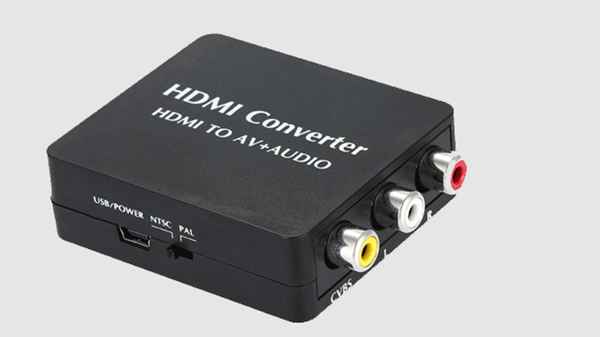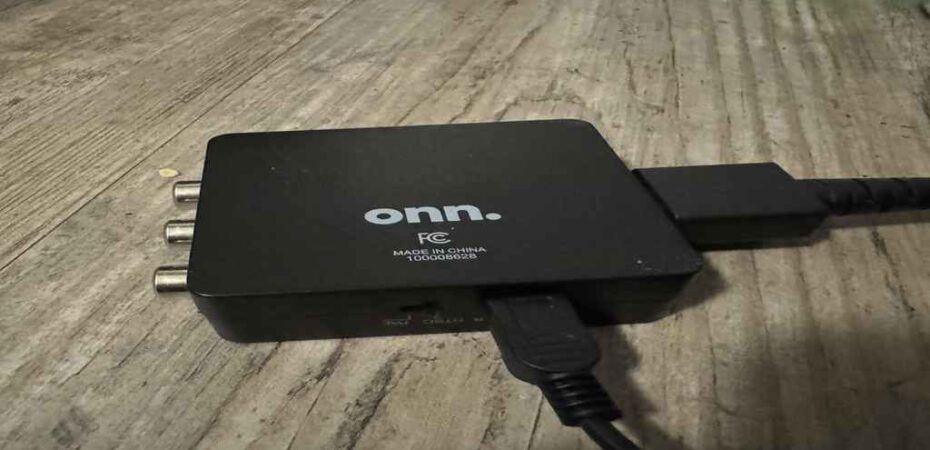Are you tired of dealing with outdated AV ports and cables? Maybe you’ve got a new TV or monitor with only HDMI inputs, but your AV devices still use the old connectors. Don’t worry; you’re not alone in this dilemma. Fortunately, converting AV to HDMI is easier than you might think. In this comprehensive guide, we’ll walk you through everything you need to know about making the switch.
Understanding the Basics
Before diving into the conversion process, let’s briefly understand what AV and HDMI actually are.
AV (Audio/Video)
AV, short for Audio/Video, refers to the traditional analog connectors used to transmit audio and video signals. These connectors typically come in three colors: red for the right audio channel, white for the left audio channel, and yellow for the video signal. AV cables were once the standard for connecting devices like VCRs, DVD players, and older gaming consoles to TVs and monitors.
HDMI (High Definition Multimedia Interface)
HDMI, on the other hand, is a digital interface that transmits high-definition audio and video signals. It’s the standard connector found on modern TVs, monitors, gaming consoles, Blu-ray players, and other multimedia devices. HDMI delivers superior audiovisual quality and supports various high-definition formats, making it the preferred choice for most modern home entertainment setups.
Why Convert AV to HDMI?

So, why would you want to convert AV to HDMI? There are several reasons why making the switch can be beneficial:
- Improved Quality: HDMI offers better audiovisual quality compared to AV, thanks to its digital nature and support for high-definition formats.
- Compatibility: Many modern TVs and monitors only come with HDMI inputs, making it necessary to convert AV signals for compatibility.
- Simplified Setup: HDMI cables are easier to connect and manage compared to bulky AV cables, resulting in a cleaner and more organized setup.
- Future-Proofing: As technology advances, HDMI is likely to remain the standard for multimedia connections, ensuring future compatibility with newer devices.
How to Convert AV to HDMI
Now that we understand the benefits let’s explore how to convert AV to HDMI:
Step 1: Assess Your Devices
Start by identifying the devices you want to connect. Determine whether they have AV outputs (typically RCA connectors) and if your TV or monitor has HDMI inputs.
Step 2: Choose the Right Converter
Next, you’ll need an AV to HDMI converter. These devices come in various forms, including standalone boxes, adapters, and cables. Choose one that suits your setup and budget.
Step 3: Connect the Converter
Connect the AV cables from your source device (e.g., DVD player) to the input ports on the converter. Then, connect an HDMI cable from the converter’s output port to the HDMI input on your TV or monitor.
Step 4: Power Up and Configure
Power up all connected devices and switch your TV or monitor to the corresponding HDMI input. You may need to adjust the input settings on your TV to recognize the connected device properly.
Step 5: Test and Troubleshoot
Once everything is connected, test the setup by playing a video or audio file on your source device. If you encounter any issues, double-check the connections and settings, and consult the converter’s user manual for troubleshooting tips.
Tips for Optimal Results
Here are some additional tips to ensure optimal results when converting AV to HDMI:
- Quality Matters: Invest in a high-quality converter to avoid signal degradation and compatibility issues.
- Check Compatibility: Ensure that the converter supports the specific AV and HDMI formats used by your devices.
- Keep Cables Neat: Use cable management solutions to keep your setup tidy and minimize clutter.
- Upgrade Strategically: Consider upgrading your source devices to newer models with built-in HDMI outputs for a seamless experience.
Conclusion
Converting AV to HDMI opens up a world of possibilities for upgrading your home entertainment setup. By following the steps outlined in this guide and choosing the right converter, you can enjoy improved audiovisual quality, enhanced compatibility, and a more streamlined setup. Say goodbye to tangled AV cables and hello to the convenience of HDMI connectivity.
Read Also

